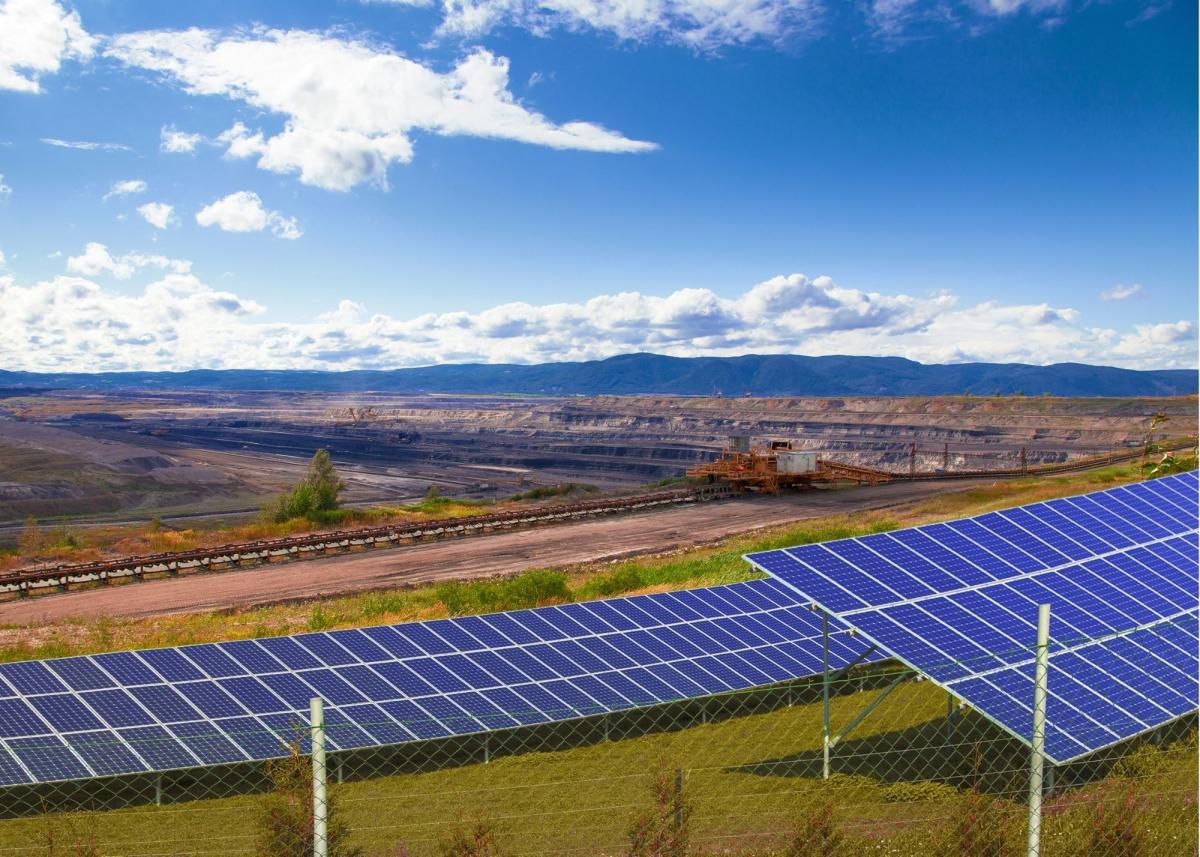Renewables-based microgrids are becoming increasingly valuable for mining businesses worldwide as they offer an economically viable pathway toward decarbonization.
Mining is an energy-intensive industry with a large carbon footprint. The heavy extraction equipment and massive pumps require significant energy while processing those minerals adds to energy-usage and carbon production totals. In fact, a recent Wood Mackenzie study revealed mining generates between 1.9 and 5.1 gigatons of CO2 equivalent (CO2e) of greenhouse gas emissions each year, about 4 to 7 percent of global greenhouse gas emissions.
The mining industry is ripe for decarbonization—and many are turning to renewables-based microgrids to accomplish their decarbonization goals.
With climate change awareness building across industrial sectors, mining companies worldwide such as Anglo-Australian multinational corporation Rio Tinto, South African Gold Fields, and Chilean copper mining company Antofagasta, are developing sustainable solutions to reduce their emissions by expanding the share of renewables powering their operations.

Historically, mines — often located in remote, off-grid locations — have relied on diesel generators to power operational loads. However, advancements in solar and energy storage technologies, coupled with declining equipment costs, have made renewables-based hybrid energy systems both increasingly feasible and economical—especially for mining operations in sunny regions such as the Australian outback and Chile’s Atacama Desert.
A report from Fitch Solutions Macro Research indicates that solar and wind represent 37% and 59% of installed renewables generation among mining companies, followed by solar thermal.
“Energy accounts for up to 30% of operating costs for a typical mining operation, so any cost reductions can make a big impact on the bottom line,” Jamie MacDonald-Murray of Brazil’s Lisarb Energy recently wrote. “Solar microgrids enable businesses to decarbonize their off-grid operations by moving away from fossil-fueled power generation. Energy is generated on-site, eliminating the need to transport diesel. A 1-MW solar plant typically produces 2,000 MWh annually, which can displace about half-a-million liters of diesel.”
Renewables-based microgrids can offer mining companies an economically viable pathway toward decarbonization. By providing cheaper, predictably priced low-carbon electricity, in addition to grid independence and improved supply resilience, microgrids are becoming an increasingly important part of the decarbonization strategy for mining businesses.
A number of mining companies around the world have set concrete renewable energy goals in an effort to reduce emissions, and some have announced 100 percent targets. Australian mining giant BHP announced plans to power its Escondida and Spence mines in Chile with renewable energy. Anglo American, will power its Chilean operations entirely from renewables after 2021. Brazilian mining giant Vale is on-target with 100% renewable self-generation by 2030. Meanwhile, a microgrid at the Vametco mine in South Africa will use vanadium redox flow batteries to store energy from an on-site 3.5-MW solar PV plant to produce about 10% of the mine’s energy.
Looking ahead, research firm Wood Mackenzie forecasts significant progress expected in decarbonizing mining operations powered by hybrid energy systems.
“Mine site emissions reduction will be driven by accelerating renewables installations. Chile, a notable trailblazer in this area, will see 3.5 GW of renewables projects contracted to mining companies completed in 2021,” said James Whiteside, Wood Mackenzie Global Head of Multi-Commodity Research. “Additionally, gradual progress will be made in replacing typically diesel-powered mining truck fleets with electric alternatives. For instance, Anglo American will begin operating the first full-power hydrogen fuel cell electric vehicle mining truck.”
As climate change awareness grows worldwide, renewables-based microgrids are becoming increasingly valuable for mining businesses due to their ability to provide cleaner, cheaper power and an economically viable pathway toward decarbonization.
Learn more
Middle East and Africa: Join us for the Middle East and Africa Renewable Energy Summit: Unlocking Wind and Solar Power for a Sustainable Future on March 9-10. Learn more at MEA Renewable Energy Summit.
Australia: Watch on-demand the complimentary webinar De-Risking Microgrids and DERs in Australia. Speakers examine the challenges of designing, building, and operating hybrid power systems that incorporate both renewable resources and storage and discuss best practice design choices and cost-effective operation and maintenance.

UL Solutions’ HOMER® Pro is the leading pre-feasibility design software for modeling microgrids, with more than 250,000 users in more than 190 countries. It provides engineering and financial analyses of remote, off-grid and grid-tied complex distributed energy systems, helping reduce financial risk for owners and developers. Learn more about HOMER Pro and download a complimentary trial.
